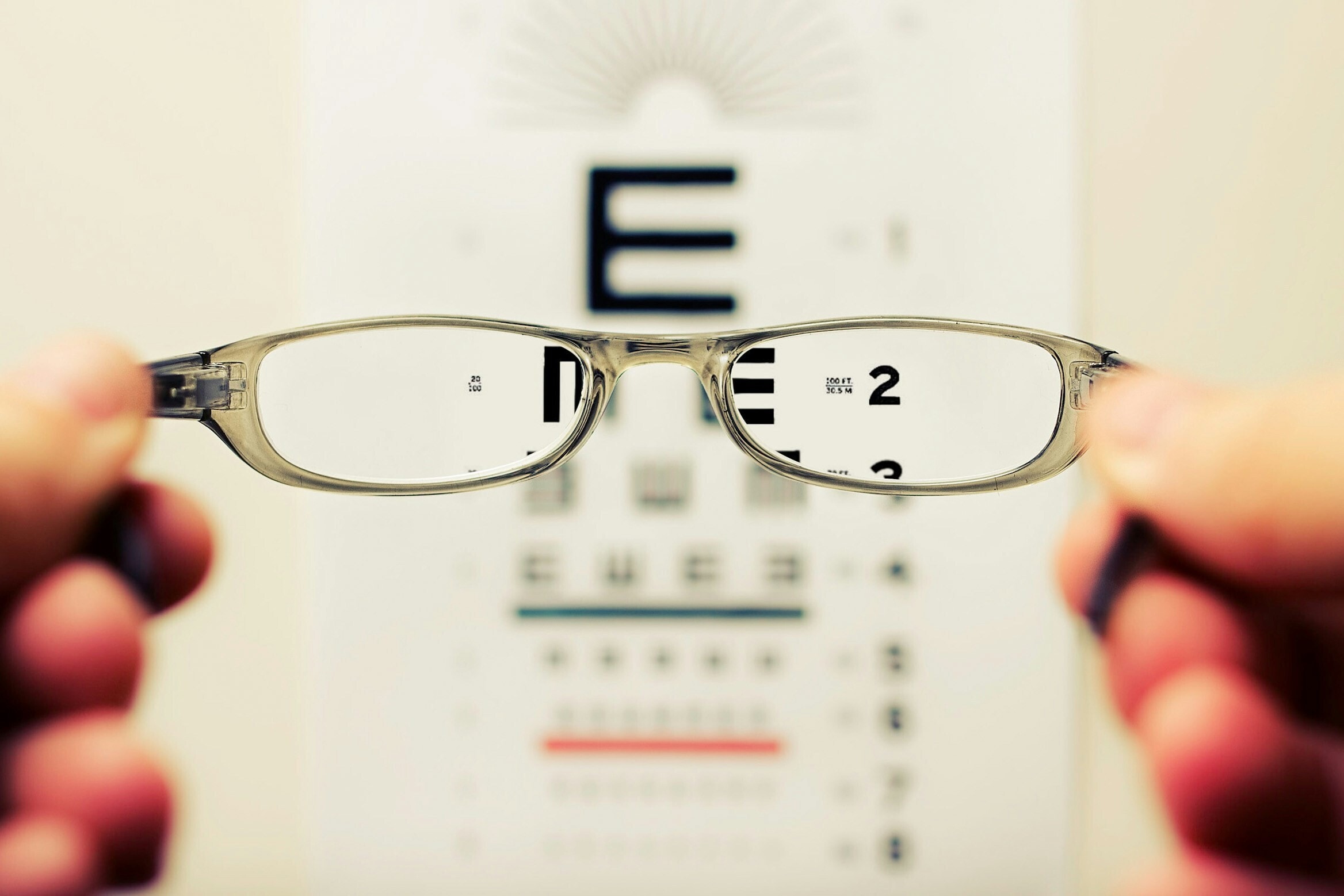How a pair of reading glasses could increase your income

A new study finds reading glasses can offer a 'significant' economic boost to people in low-income countries. Image: Unsplash/David Travis
- Around the world, an increasing number of people are suffering with poor eyesight, while 90% of vision issues are either preventable or treatable.
- Simple fixes like reading glasses could give a “significant” economic boost to people in low-income countries, a new study finds.
- Bringing leaders together to advance health equity around the world is a key focus for the World Economic Forum's Global Health Equity Network.
Reading glasses can change lives – and many of us have already experienced their power.
Whether it’s being able to read, watch TV or drive a car, we can all think of people we know who have thrived with the addition of a pair of glasses in their lives.
But what if they influenced your income as well?
The power of spectacles to enhance earnings has been unearthed in a first-of-a-kind study conducted in Bangladesh and published in science journal PLOS ONE, with researchers observing a “significant” increase in income.
That such a small and relatively inexpensive change can have such a tangible impact is a fact that could influence health policy, with links already being made between vision and development.
A global health network
Bringing together leaders to advance equal access to healthcare is a key focus for the World Economic Forum's Global Health Equity Network, which targets “the root causes of disparity and the non-medical drivers of health”. Meanwhile, the World Economic Forum’s Healthy Workforces Initiative underscores the potential for companies to provide vision support to help advance the healthcare of their employees.
The push to alleviate vision loss is gaining in importance as changing lifestyles and an ageing population lead more of us to experience declining vision. The need for eye care is set to surge in coming years, according to the International Agency for the Prevention of Blindness (IAPB).
The good news is that 90% of vision loss is preventable or treatable, according to the IAPB. Around 161 million people have uncorrected refractive errors and 510 million people have near uncorrected refractive errors.
At the same time, the IAPB highlights the link between inequality, socioeconomic disadvantage and eyesight. Around 90% of people thought to be living with a vision condition were in low- and middle-income countries in 2020, it says, citing differing levels of health promotion and access to eyecare.

In the PLOS ONE study, workers in Bangladesh were given near vision correction and then studied to determine the effect on their income level. Adults aged between 35 and 65 years old who identified as farsighted were divided into two groups.
One group received glasses immediately, while the other received them after eight months. The results showed a rise in income in the group that received the glasses first.
Glasses improve income
For the first group to receive glasses, median monthly income jumped to $47.10 within eight months, compared with $35.30 for the control group; a difference of 33%. At the start, both groups had a self-reported median monthly income of $35.30.
In addition, individuals who were previously not in the workforce were able to start jobs after getting reading glasses, giving a taste of the broader socio-economic benefits.
“Provision of reading glasses increases income in near-vision-intensive occupations, and may facilitate return to work for those currently unemployed,” the researchers concluded.
The study gives an insight into how relatively basic improvements can lead to broader improvements and align with the UN Sustainable Development Goals of gender equality and poverty alleviation.
From glasses to broader gains
The research also suggests that workplace screening could result in productivity gains for companies and that community-based programmes could allow for broad access.
“Use of lay personnel rather than medical professionals to fit and dispense reading glasses is consistent with regulations permitting over-the-counter sales of such devices in countries including the United States,” the researchers wrote in their paper. “Ironically, over-the-counter sales of near vision corrections appear more likely to be permitted in wealthy countries than in low- and middle-income countries, where spectacle coverage is lowest.”
The findings chime with the IAPB’s vision to unlock more human potential. It says vision issues result in more than $410 billion in lost productivity each year. Investing in eye health improves well-being, educational attainment and increases workforce and community participation.
What is the World Economic Forum doing to improve healthcare systems?
And this new study gives policy-makers lots to think about in terms of promoting initiatives that improve access to affordable glasses.
“When compared to other areas of health investment, eye health often receives less attention,” says the IAPB. “Yet, the return on investment, both in terms of health outcomes and economic benefits, from eye health often surpasses many other health sectors.
“Investing in vision is not just a health priority but a strategic economic decision.”
Don't miss any update on this topic
Create a free account and access your personalized content collection with our latest publications and analyses.
License and Republishing
World Economic Forum articles may be republished in accordance with the Creative Commons Attribution-NonCommercial-NoDerivatives 4.0 International Public License, and in accordance with our Terms of Use.
The views expressed in this article are those of the author alone and not the World Economic Forum.
Related topics:
The Agenda Weekly
A weekly update of the most important issues driving the global agenda
You can unsubscribe at any time using the link in our emails. For more details, review our privacy policy.
More on Health and Healthcare SystemsSee all
Victoria Masterson, Ian Shine and Madeleine North
July 25, 2024
Elisha London
July 24, 2024
Hamad Al Hammadi
July 22, 2024
Shyam Bishen
July 17, 2024
Shyam Bishen
July 15, 2024
Shyam Bishen
July 11, 2024







